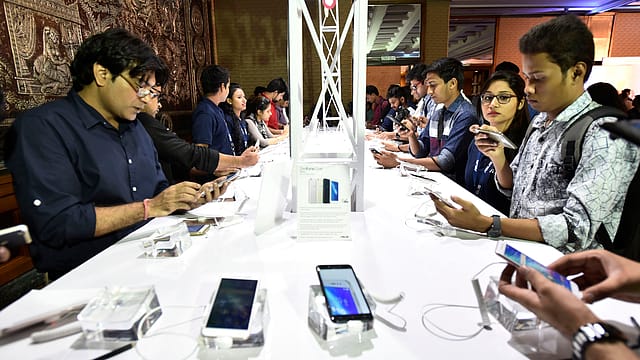Centre may make end of life service date mandatory for high value products
ADVERTISEMENT

The central government may soon announce a Right to Repair policy that makes it mandatory for manufacturers to display the end of life service date for high value products.
The attempt is to make sure that consumers are not facing any difficulty in getting their products serviced or repaired even after the product's sales have been discontinued.
In July, a committee set up by the Department of Consumer Affairs (DCA) had identified farming equipment, mobile phones, tablets, consumer durables, automobiles and automobile equipment as important sectors where the Right to Repair framework should be in place.
According to DCA, the aim of developing a framework on right to repair in India is to empower consumers and product buyers in the local market, harmonise trade between the original equipment manufacturers and the third-party buyers and sellers, emphasise on developing sustainable consumption of products and reduction in e-waste. The government expects that once rolled out, this initiative can become a game-changer both for the sustainability of the products and as well as serve as a catalyst for employment generation through Aatmanirbhar Bharat by allowing third-party repairs.
Right to repair has been recognised in many countries across the globe, including the U.S., the U.K. and the European Union. In the US, the Federal Trade Commission has directed manufacturers to remedy unfair anti-competitive practices and asked them to make sure that consumers can make repairs, either themselves or by a third-party agency. The U.K. has also passed a law that includes all the electronic appliance manufacturers to provide the consumers with spare parts for getting the repair done either by themselves or by the local repair shops. Australia has repair cafes, free meeting places, where volunteer repairmen gather to share their repairing skills. Further, the European Union passed legislation that required manufacturers to supply parts of products to professional repairmen for a time of 10 years. The Committee formed to suggest an Indian model has looked into the global practices too before giving its recommendations.
December 2025
The annual Fortune 500 India list, the definitive compendium of corporate performance, is out. This year, the cumulative revenue of the Fortune 500 India companies has breached $2 trillion for the first time. Plus, find out which are the Best B-schools in India.
